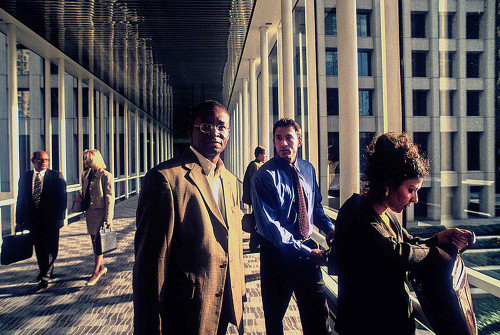This is the eight post in my series I call “Did it do it”. These are meant solely as guidelines to help in our thought process when we’re composing the elements that will end in a competed photo. They’re not rules, as anyone that reads my blog can attest to the fact that I don’t care at all for rules. Having said this, I do think we should at least know all the rules the powers that be has bestowed on us before immediately forgetting about them ASAP!!! I say this for those whose goals and expectations exceed the mediocrity running rampant through the ever changing world of digital photography. 🙂
I use these guidelines in my online class with the BPSOP, and in my “Stretching Your Frame of Mind” workshops I conduct around the planet. It’s an effective way to illustrate to my fellow photographers the difference between a photo that was taken and one that was made. I call this one “did it show pre-visualization”, and it seems to be one of the most important, if not the most important concept, of all twelve that I work on with my classes.
So many photographers bring the camera up to their eye and just start clicking away and when their finger gets tired, they move on. I wrote a post I called “I came, I shot, I left”, and it’s a perfect example of not Pre-Visualizing. As a result, the photos that make it past the mediocre level are few and far between. One thing I do want to make clear here is that I’m not including Street Photography where instinct is more important. However, anticipating the action before it happens is all about the ability to pre-visualize.
Here’s how I approach pre-visualization:
First of all, I’m always trying to scout a location ahead of time so that they’re no surprises when I get there. I take my Sunpath readings and my Morin 2000 hand bearing compass to figure out the light; as in where the sun is going to be. Since light is everything, I want to make sure the direction it’s coming from, where I have to stand, and how long I have to stand there. From there, I plan out my shots depending on where the light is going to be first, then where it will go, etc.
I think about what props I’ll need to bring back to tell whatever story I’m thinking up in my mind. My thought process is all about taking photos of what I’d like to see, not necessarily what I actually see. Most of the time I don’t see what I want, so I’m not going to waste any time waiting for it to happen.
When I’m not able to scout ahead of time or when I’m traveling, I still pre-visualize; just a lot faster. I still think before I shoot. I won’t just take a photo to be taking one, so that means that I’m still looking around at all the possibilities a location has to offer. I can see a photo in my mind before I bring the camera up to my eye, and will often move things around, add or take away objects that either fit or don’t fit, or ask people to be in my shot. Bottom line is that I’m an artist whose medium is a camera instead of a paintbrush…I paint pictures with my camera.
In the above photo, I was shooting a brochure for the leasing company; they wanted some random shots of people working in the building. As always, I want to have complete control, and I also know that the odds of seeing what I want to see or slim to none. So I asked the client to supply me with some internal company employees that I could work with. I set up my camera and tripod and placed all the people where I wanted them, and I had all the people act out something they might have been doing if I wasn’t there, then I started shooting in a reportage style to stop people in their actions. I also included one of the six principles of Gestalt (I teach these principles in my new class at the PPSOP) named The Law of Common Fate by having the man in the middle looking towards me while the others are looking elsewhere.
Visit my new website at: www.joebaraban.com, and check out my 2019-2020 workshop schedule at the top of this blog. Come pre-visualize with me sometime.
JoeB






Hi Joe,
After you have everything set up and everything in place how you like it, how many frames do you take? I noticed you said you started shooting reportage style to stop action. How many frames did you take until you were comfortable you covered everything you wanted?
Gary,
in the old film days I would shoot whatever it was that I had set up, hand that camera to my assistant, and he would hand me another camera. I would shoot it again on a second body to cover myself. I would cover the exposures by bracketing the shutter speeds, and apertures…mixing them both up on occasion. I would change the set-up somewhat and do it all over again. i would cover everything both horizontally and vertically.
Now, I just cover it by bracketing. If I’m shooting a lot I’ll back it up on a portable hard drive. I usually like to shoot on a one GB card, then quickly change it (I only shoot in RAW). That way, I don’t EVER have all my eggs in one basket.
In today’s world it’s so easy to know when you have it. All you have to do is look at the back of your camera!!!
My motto has always been, “more shots per hour”.
JoeB